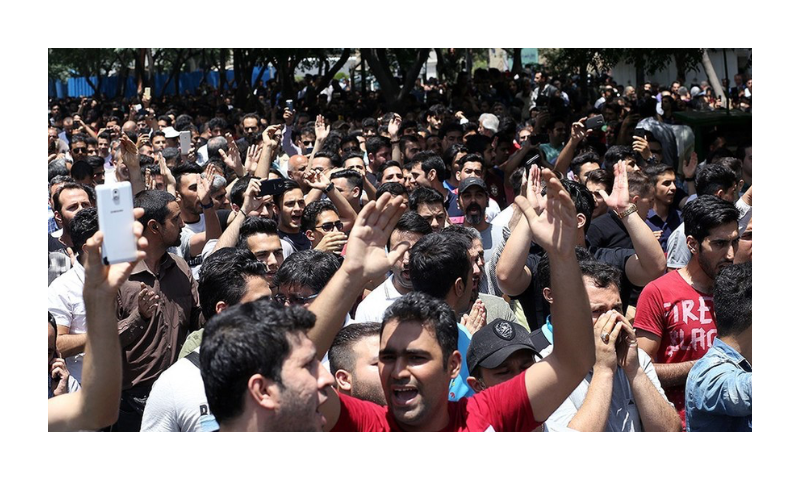Shay Khatiri
National Review, Jan. 19, 2023
“The regime’s violent response in 2009 breached public trust and convinced the people that the regime remained extremely cruel.”
The killing of a 22-year-old woman, Mahsa Amini, while she was in custody for wearing her hijab loosely, has sparked a new wave of protests in Iran. Many have said that this is the beginning of an Iranian revolution, while others say it is the same story as the many times that Iran has experienced uprisings in the past — protests that will go away. Both views are wrong. The revolution began in 2017. This wave of protests is an escalation in the war between the Islamic Republic and the Iranian people.
The revolution began in December 2017 because the notion of reforming the Islamic Republic had lost legitimacy. The regime had been in power for nearly four decades and was resented for its failure to deliver on some of the 1979 revolution’s promises and for its success at delivering on others. The Islamic Republic’s material promises of economic equality and social justice were typical of a populist movement. To achieve them, the government confiscated power, creating a quasi-communist economic structure with major industries nationalized. This caused poverty, greater inequality, and extreme corruption. The success was obtaining its “values” objective, imposing Islamic orthodoxy from the top. The result of four decades of rule has been an Iranian polity increasingly oppressed and impoverished — as well as increasingly secular, out of spite for the theocracy.
The Islamic Republic’s history can be divided into four distinct eras. The first was the Iran–Iraq War, which consumed the new regime until 1988. It allowed for the regime to grow roots but also to use wartime exigencies to justify increasing oppression and impoverishment. Next was the post-war era, with the appointment of a new, weak, and uncharismatic leader, Ali Khamenei, to succeed the regime’s founder, Ruhollah Khomeini; reconstruction, growth, and political opening and the marginal loosening of social orthodoxies led to hopes for incremental reform.… [To read the full article, click here]


